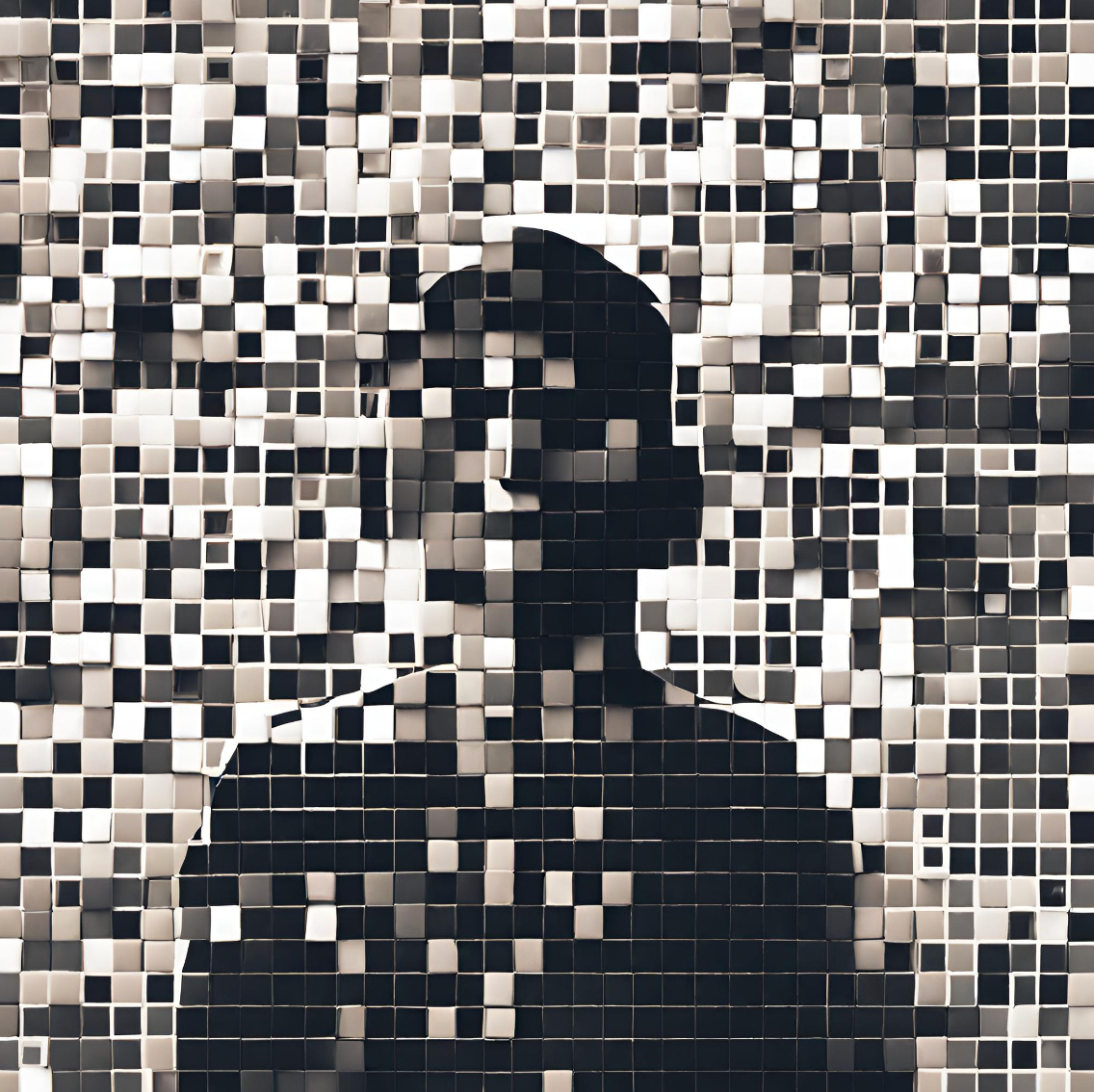Underwater Visual Localization Using Machine Learning and LSTM: Introduction
by
July 17th, 2024
Audio Presented by

PoseNet detects and refines, poses and movements captured with precision and grace.
Story's Credibility

About Author
PoseNet detects and refines, poses and movements captured with precision and grace.